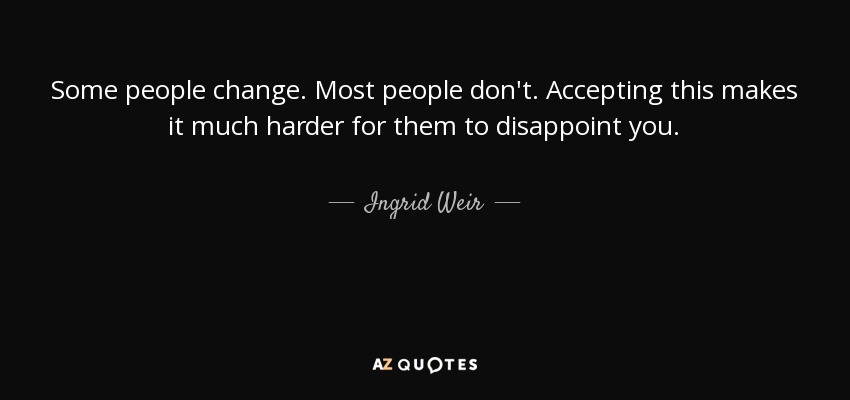
A couple of Sunday’s ago I experienced one of those times when I thought of something new while I was preaching. It wasn’t in my notes; it wasn’t even on my radar (I hadn’t had a fleeting thought that didn’t make it into my notes, only to be recalled while preaching.) In this case it was an illustration that came to me, one that really helped drive home the point in the text. I attributed it to the Holy Spirit’s help, not to something gastro-intestinal.
You too have probably had this happen. While you’re preaching or teaching you think on your feet. It can be described just as accurately as listening on your feet.
So, what has to happen for you and me to listen to the Spirit and learn while I’m preaching?
First, I do not think we can control this. If I remember correctly, the wind blows wherever it wants to. There is no formula that guarantees the Spirit will teach you something new, something substantial, every time you preach/teach.
But here are some things that may make it possible for the Spirit to teach me while I preach.
- I choose to believe that just because my official study time and sermon prep is over, I am not done learning. I want to remain teachable and eager to learn from the Lord, especially while I am preaching.
- The better I know my material, the better I am able to listen to the Lord while I am preaching. A good handle on the material means I don’t have to think about what to say next.
- My congregants have some good insights that teach me while I am preaching. There are many times when dialogue teaches me. I had not thought of it and the thought of it added to my sermon. Technically, you might say that that was not the Spirit but another Christian. I agree. For the sake of this post, let’s say that the Spirit taught them, so He indirectly taught me.
- Finally, I can preach and think at the same time. I don’t mean thinking about what to say, but really think about the Text and what it means. Ask yourself whether you are able to think and learn while you’re preaching. I don’t have to stop studying, stop listening to God, because I started to preach.
Anyway, I hope that you are able to invite the Spirit of God to teach you while you preach and teach His Word. In my case a couple of Sunday’s ago, the Lord received glory in the church and Christ Jesus because I was listening on my feet (Ephesians 3:21).
Randal










